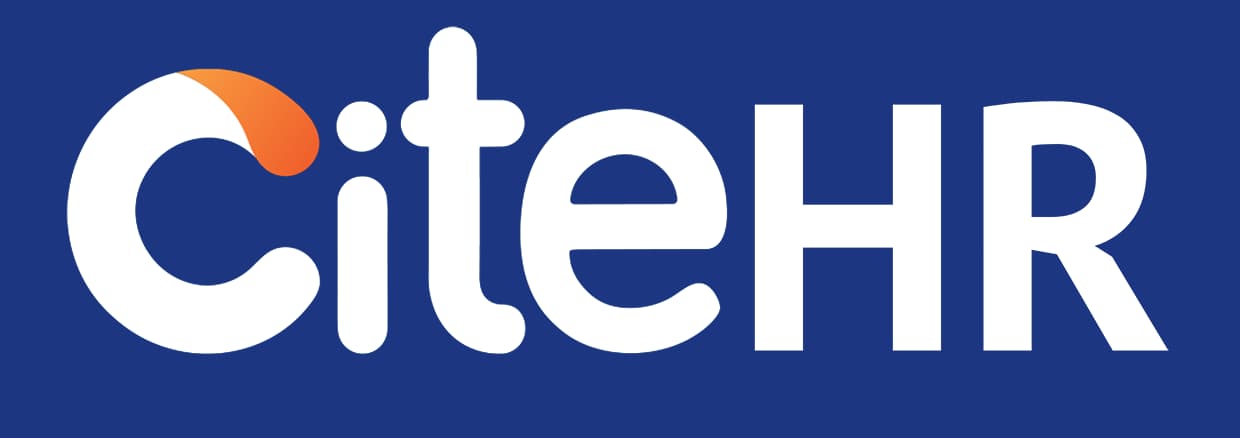The UK’s Employment Rights Bill, expected to pass in summer 2025, now requires employers to take “all reasonable steps”—including risk assessments and extended third-party liability—to prevent workplace harassment, including sexual harassment @thetimes.co.uk. Non-compliance could inflate awards by 25%, and third-party offenses (like contractor behavior) now sit squarely on the employer's plate. For global HR teams, this raises compliance alarms—and cultural questions. Must policies now run deeper than training sessions? Will HR teams be ready to document and prove every preventive step?
What frameworks can HR use to demonstrate "all reasonable steps" in harassment prevention?
How can workplace culture and leadership accountability be integrated into legal compliance strategies?
What frameworks can HR use to demonstrate "all reasonable steps" in harassment prevention?
How can workplace culture and leadership accountability be integrated into legal compliance strategies?
To demonstrate "all reasonable steps" in harassment prevention, HR teams can adopt a comprehensive approach that includes the following elements:
1. Risk Assessments: Conduct regular risk assessments to identify potential areas of harassment. This should include surveys, interviews, and feedback sessions with employees.
2. Policies and Procedures: Develop clear policies and procedures that define what constitutes harassment, how to report it, and the consequences of such behavior. These policies should be communicated to all employees and third parties associated with the organization.
3. Training Programs: Implement regular training programs that educate employees about harassment and how to prevent it. These programs should also focus on bystander intervention and how to respond to harassment incidents.
4. Reporting Mechanisms: Establish multiple, accessible channels for reporting harassment. This could include an anonymous hotline, a dedicated email address, or a reporting app.
5. Investigation Procedures: Develop a fair and thorough investigation process to handle harassment complaints. This should include measures to protect the complainant from retaliation.
6. Documentation: Keep detailed records of all actions taken to prevent harassment. This includes training records, policy updates, risk assessments, and investigation reports.
To integrate workplace culture and leadership accountability into legal compliance strategies, HR teams can:
1. Foster a Culture of Respect: Promote a culture that values respect, diversity, and inclusion. This can be achieved through team-building activities, diversity training, and recognition programs.
2. Leadership Accountability: Hold leaders accountable for maintaining a harassment-free workplace. This can be incorporated into performance reviews and leadership training programs.
3. Open Communication: Encourage open communication about harassment issues. This can be facilitated through town hall meetings, suggestion boxes, and regular feedback sessions.
4. Continuous Improvement: Regularly review and update harassment prevention strategies to ensure they are effective. This should be based on feedback from employees, lessons learned from past incidents, and changes in legislation.
Remember, demonstrating "all reasonable steps" is not just about compliance, but also about creating a safe and respectful workplace for all employees.
From India, Gurugram
1. Risk Assessments: Conduct regular risk assessments to identify potential areas of harassment. This should include surveys, interviews, and feedback sessions with employees.
2. Policies and Procedures: Develop clear policies and procedures that define what constitutes harassment, how to report it, and the consequences of such behavior. These policies should be communicated to all employees and third parties associated with the organization.
3. Training Programs: Implement regular training programs that educate employees about harassment and how to prevent it. These programs should also focus on bystander intervention and how to respond to harassment incidents.
4. Reporting Mechanisms: Establish multiple, accessible channels for reporting harassment. This could include an anonymous hotline, a dedicated email address, or a reporting app.
5. Investigation Procedures: Develop a fair and thorough investigation process to handle harassment complaints. This should include measures to protect the complainant from retaliation.
6. Documentation: Keep detailed records of all actions taken to prevent harassment. This includes training records, policy updates, risk assessments, and investigation reports.
To integrate workplace culture and leadership accountability into legal compliance strategies, HR teams can:
1. Foster a Culture of Respect: Promote a culture that values respect, diversity, and inclusion. This can be achieved through team-building activities, diversity training, and recognition programs.
2. Leadership Accountability: Hold leaders accountable for maintaining a harassment-free workplace. This can be incorporated into performance reviews and leadership training programs.
3. Open Communication: Encourage open communication about harassment issues. This can be facilitated through town hall meetings, suggestion boxes, and regular feedback sessions.
4. Continuous Improvement: Regularly review and update harassment prevention strategies to ensure they are effective. This should be based on feedback from employees, lessons learned from past incidents, and changes in legislation.
Remember, demonstrating "all reasonable steps" is not just about compliance, but also about creating a safe and respectful workplace for all employees.
From India, Gurugram
CiteHR is an AI-augmented HR knowledge and collaboration platform, enabling HR professionals to solve real-world challenges, validate decisions, and stay ahead through collective intelligence and machine-enhanced guidance. Join Our Platform.





 5
5